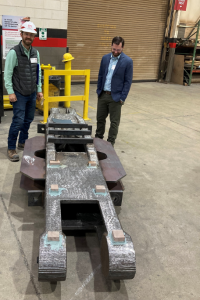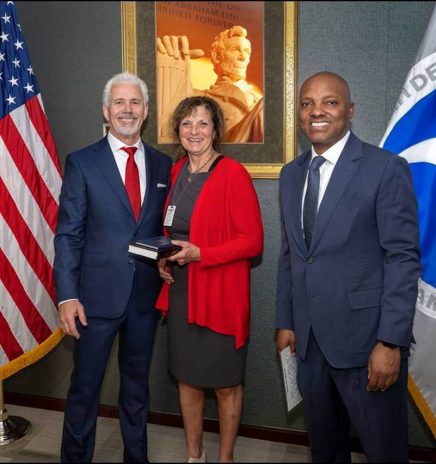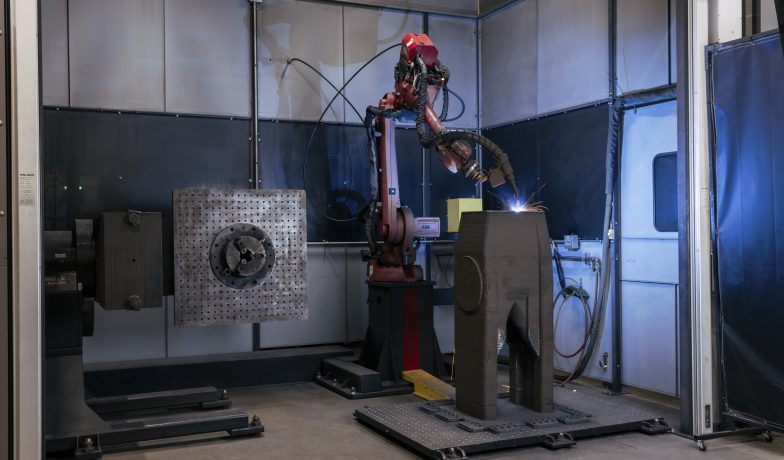New Poe Lock Arrestor Arm is Largest U.S. Civil Works Component Produced by 3D Printer

In February 2023, cracks were found in one of the 60-year-old lever arms used to raise and lower a large boom on the Poe Lock’s arresting system. Temporary repairs were made so the lock could operate during the 2023 navigation season.
USACE considered several design options and ultimately selected 3D printing as the best option, awarding the contract for the lever arms to Lincoln Electric.
The Soo Locks mechanical ship arresting system protects the lock’s miter gates, a critical system component, from an emergency impact with a ship. Each lock has two arrestors – one located upstream of each miter gate.

J.M. (Mike) McCoshen Sworn in as GLS Administrator
The United States Department of Transportation has named J.M. (Mike) McCoshen as administrator of the Great Lakes St. Lawrence Seaway Development Corporation (GLS). McCoshen was sworn in on Monday, June... Read More

Remaining Phase 3 Options Awarded for New Lock at the Soo
U.S. Army Corps of Engineers, Detroit District’s New Lock at the Soo project in Sault Ste. Marie, Michigan, has awarded a total of $95.3 million for remaining Phase 3 options... Read More




